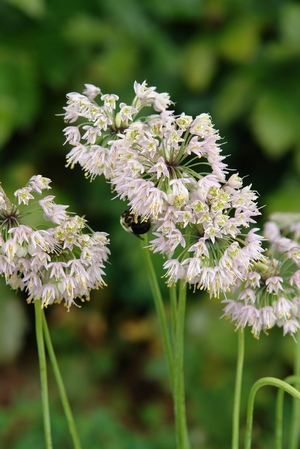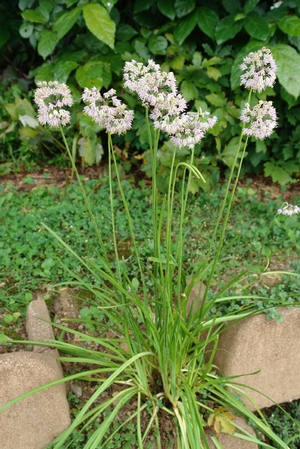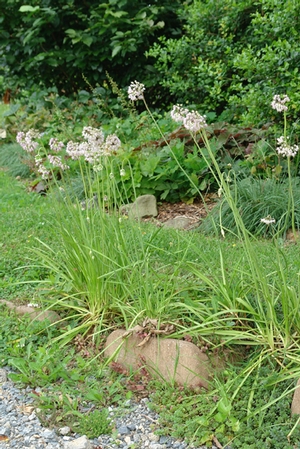Allium cernuum
Common: nodding onionAllium cernuum LP50 - 50 per flat
- Height: 12"-18"
- Spread: 8"-10"
- Spacing: 6"-12"
- Hardiness Zone(s): 4-8


Allium cernuum LP50 - 50 per flat


Best in full sun in moist, average or dry soil. Very easy to grow and drought tolerant once established. Will tolerate light shade, but will give best show in full sun.
Allium cernuum is a beautiful and adaptable perennial bulb. An essential plant to consider for tough urban sites!
Although widely distributed throughout the United States, it is uncommon. It is threatened in some states including New York, Iowa and Minnesota. Allium cernuum is native to mesic prairies and other sites with well-drained sandy, loamy or rocky soil conditions.
The adaptability of Allium cernuum is downright impressive. Despite its nativity to mesic and even moist soils, we've seen this species thrive in the toughest places. It blooms boldly and even re-seeds in the blazing sun on our green roof, shows off along curbs in sand-based urban stormwater systems, and fits beautifully in the light shade of woodland edge plantings. Once established, this native bulb is extremely drought tolerant. Its semi-evergreen basal foliage prevents soil erosion through our mid-Atlantic winters.
Its nodding pink flowers are a important nutritional source for bees. Humans can eat this plant too. The entire plant, from foliage to bulb, has a distinctive onion scent and flavor.